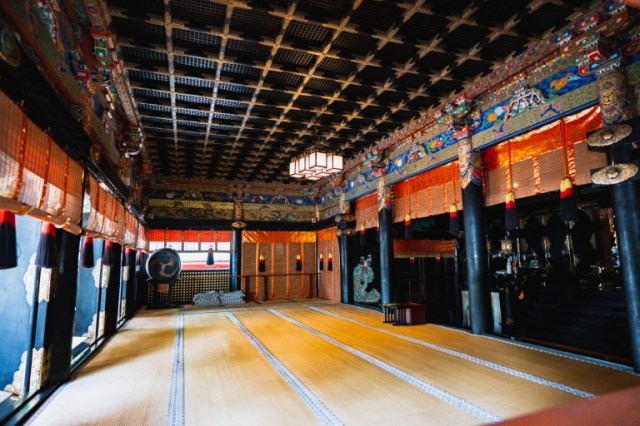
The site of Ieyasu’s grave also has an amazing hidden-gem museum that far too many visitors skip.
Located in Shizuoka City, Kunozan Toshogu is a Shinto shrine that was built in the early 700s. Its most prominent claim to fame, though, would come centuries later when the shrine became the site of the grave of Tokugawa Ieyasu, the first shogun of the Tokugawa dynasty, the final shogunate that would go on to rule Japan for nearly 300 years in the Edo period.
We were recently invited by Central Japan Railway Company/JR Tokai to visit the shrine, and so our Japanese-language reporter made his way out to Shizuoka for this report.
The Sunday night NHK historical drama Dou Suru Ieyasu is a big hit, and looks like it will continue to be so for the rest of the year. No one knows what will happen in the final episode, but if it stays loyal to historical events, Ieyasu will pass away in Sunpu Castle, and his remains will be interred at Kunozan Toshogu.
Kunozan Toshogu is the only building in Shizuoka Prefecture designated as a national treasure. In the area that’s open to general visitors, Ieyasu’s grave is in the spot furthest at the back. Yep, we’re starting with the climax right away!
After Ieyasu’s death, he was deified, and he is the god enshrined at the various Toshogu shrines in Japan. So you could probably say that this is the grave of a god. It’s a pretty impressive-looking grave, but it seems it was originally smaller [and was renovated later by his descendants].
By the way, it is thought with 100-percent certainty that Ieyasu was buried here, but there are various theories as to whether or not his remains are still here. There is also a theory that they were later moved to Nikko Toshogu in Tochigi Prefecture. I think they could settle the matter quickly by opening up the graves, but that’s probably something they’d be against. This has been a sensitive point of contention between Shizuoka and Tochigi for a long time, so I’ll leave the topic at that.
So I’d seen Ieyasu’s grave, but that’s not all there is at Kunozan Toshogu. This is probably disrespectful of me to say so close to Ieyasu’s grave, but what’s really impressive here is the shrine building, which is designated as a national treasure, and the incredible collection of its museum!
▼ 国宝 = national treasure
First, the photo below is what most people will see when they visit. For most people, this is as far as they go. The carvings on the support beams are definitely worth seeing, and while offering a prayer here, looking for the upside-down hollyhock crest of the Tokugawa clan is also something everyone does.
I think that alone makes for a satisfying visit, but no matter what you should head further inside at least once in your life. Why? Because of the amazing flashy quality of the interior construction, a style Tokugawa was known for loving.
Incredible gold leaf, incredible lacquer, incredible carvings, incredible colors, amazing…just amazing! I took a lot of other photos here, and I’ll put them at the end of the report.
Many people probably think it’s not so easy to get to go inside a national treasure. To be sure, many buildings designated as national treasures are not open to the public, or are only open at certain times of the year. But there are national treasure buildings which are easy to access too, and Kunozan Toshogu is one of them. There are many ways to get to go inside.
As explained on the Kunozan Toshogu website, you can go inside if you’ve made an appointment to receive a blessing (prices start at 5,000 yen [US$37]), and you can also go inside if you’re having your wedding ceremony at the shrine.
Another option is JR Tokai’s “Doko Iku, Ieyasu” tour plans, some of which include entry to the Kunozan Toshogu interior.
▼ JR Tokai’s Doko Iku, Ieyasu plans
As of this writing, there are still empty slots on the tours for July 9, August 8 and 19, and September 3, priced at 4,800 yen
The next place I visited was Kunozan Toshogu’s museum! Admission is surprisingly inexpensive at 400 yen for adults and 150 yen for children, but the museum is very impressive. Photography is not allowed inside, but seeing the collection is more than worth the cost of the ticket.
Because of Dou Suru, Ieyasu, museums all over Shizuoka, like for example, seemingly the Shizuoka City History Museum, located next to Sunpu Castle, are getting more and more attention. It has exhibits related to the TV drama, and a replica of the Iyozane Kuroito Idoshidomarugusoku, the armor worn by Ieyasu at the battle of Sekigahara. This is a replica, though, so it’s OK to take pictures of it.
In contrast, for just 400 yen you go to the Kunozan Toshogu museum, where many actual historical items are on display! The items on display are sometimes rotated in or out, and sometimes they’re loaned to other museums, but the number of Tokugawa-related items they have is amazing! Especially in terms of the weapons and armor on display, there’s nowhere better. Starting with Ieyasu, and going all the way through to the 15th Tokugawa Shogun, Yoshinobu, they have armor worn by all of the Tokugawa shogun!
The swords on display aren’t just Ieyasu’s. There are also 40 of them that were used by other Tokugawa shogun! You could outfit an entire squad entirely with the arms and armor of shogun that are on display here.
Especially for the swords, the ones on display here are ceremonial ones. In other words, they weren’t used in battle, and thanks to the stature of the Tokugawa shogunate, they have been preserved in perfect condition, and it seems that the polishing of the blades is the same as they were in the Edo period.
For a non-expert like me, I can’t tell the difference between modern polishing and Edo polishing. But hearing “They retain their sharpening from the Edo period,” and thinking that their shine is from Edo-period polishing, there’s something very dashing and satisfying about it.
▼ Saito-san, who showed us around the shrine
▼ Karamon Gate, designated an important cultural property. There’s extensive use of lacquer, gold leaf, and mineral-based pigments.
▼ The worship hall in the national treasure main shrine building. Apparently the tatami reed floor mats have different edges and internal construction than modern ones. There are no craftsmen who can make them like this anymore, and the shrine is worried about how to maintain them.
▼ Note the red edges to the tatami.
▼ Look at the three-dimensional effect of these paintings.
▼ The worship hall’s fixtures are dazzling. There are countless large and small hollyhock crests. I wanted to count them all. I have a hunch there are about 100 of them in this photo.
▼ On one of the paintings of cellestial maidens in the worship hall, the lines are broken. This is even rarer than the upside-down hollyhock, and not many people know about it. If you want to know the story behind it…you should probably go to Kunozan Toshogu.
▼ The view of the backside of the shrine
▼ To go from the town to the shrine, you can either walk up the stairs…
…or you can take the ropeway.
▼ Near the ropeway station, there’s the Nihondair Yume Terrace, a facility with good views.
▼ Personally, I recommend the stairs. It’s a long stone staircase that’s difficult to climb. Before Ieyasu was buried here, the area was a castle, and climbing the stairs lets you physically feel how well-defended it was.
▼ There are some remnants of when the castle stood here.
The museum is definitely worth checking out, but a surprising number of people just offer a prayer at the shrine’s altar and skip the museum. I have to say that that is a critical mistake.
Well, really there are many museums and treasure houses attached to shrines and temples where the actual items are at a different museum somewhere else and the display cases are filled with replicas. Personally, I felt that it’s possible that because Kunozan Toshogu’s museum’s tickets are too inexpensive, people underestimate it and don’t bother going, but the museum’s collection is making full use of being located at the place where Ieyasu was buried with a lavish lineup of items.
So in conclusion, Kunozan Toshogu was wonderful. The Tokugawa connection is splendid, but the shrine and museum are amazing too. You could probably even go so far as to call it the last boss of Shizuoka’s Tokugawa sightseeing spots.
Shrine information
Kunozan Toshogu / 久能山東照宮
Address: Shizuoka-ken, Shizuoka-shi, Suruga-ku, Nagoya 390
静岡県静岡市駿河区根古屋390
Website
Related: Doko Iku Ieyasu tours website
Photos © SoraNews24
● Want to hear about SoraNews24’s latest articles as soon as they’re published? Follow us on Facebook and Twitter!
[ Read in Japanese ]

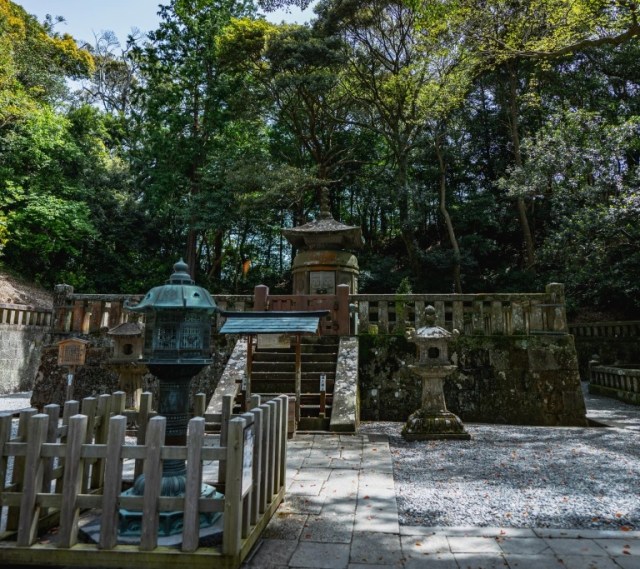
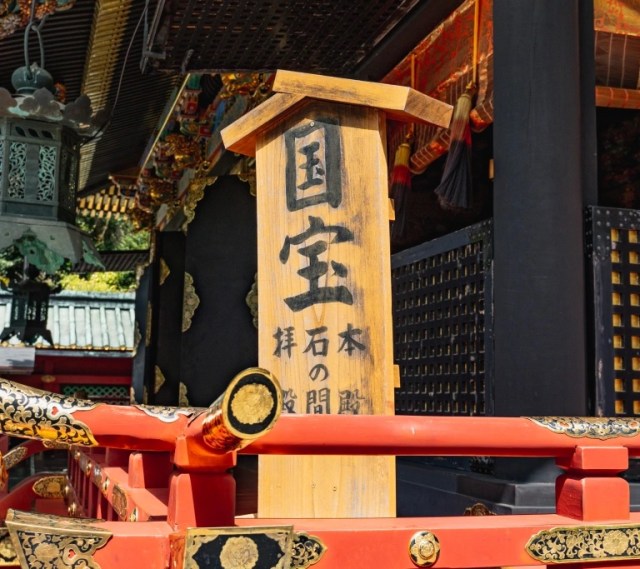
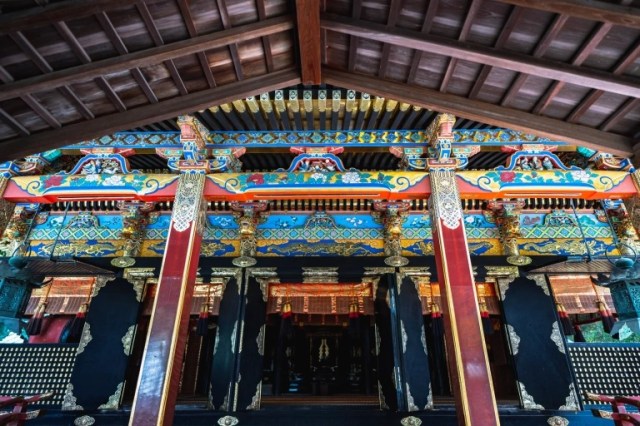
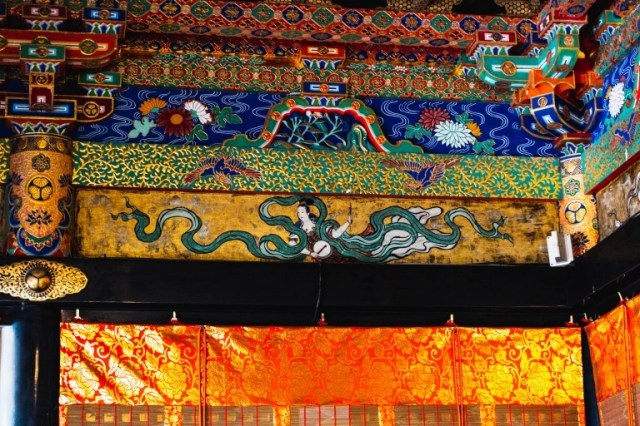
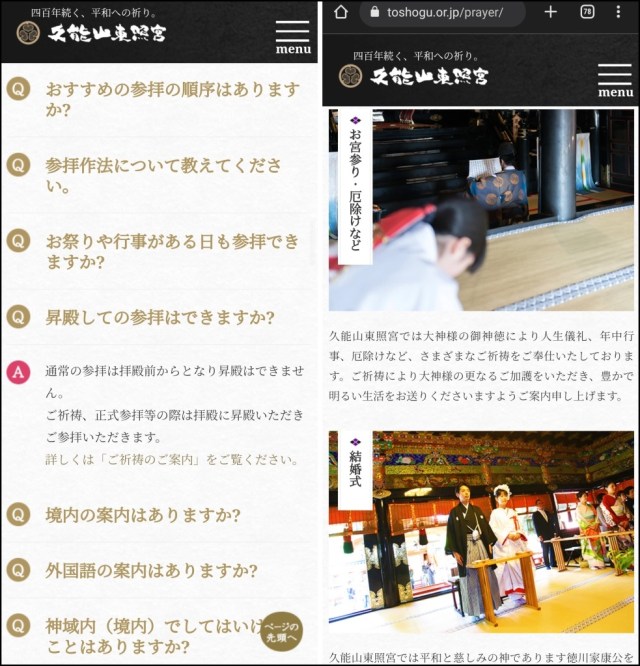


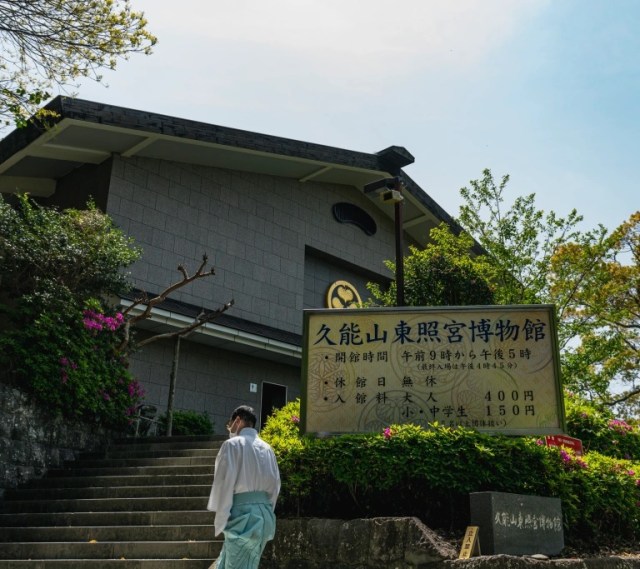
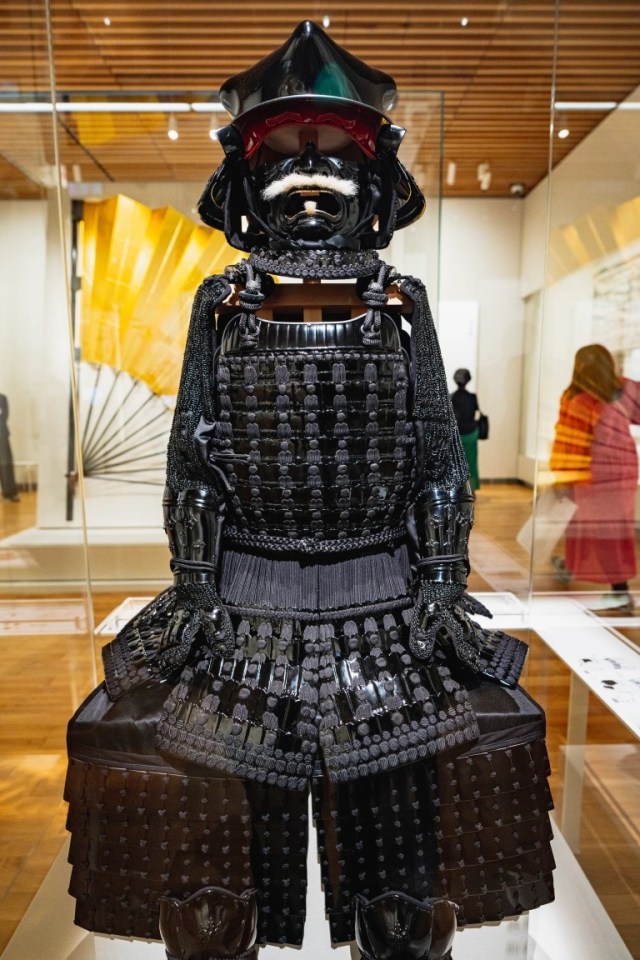
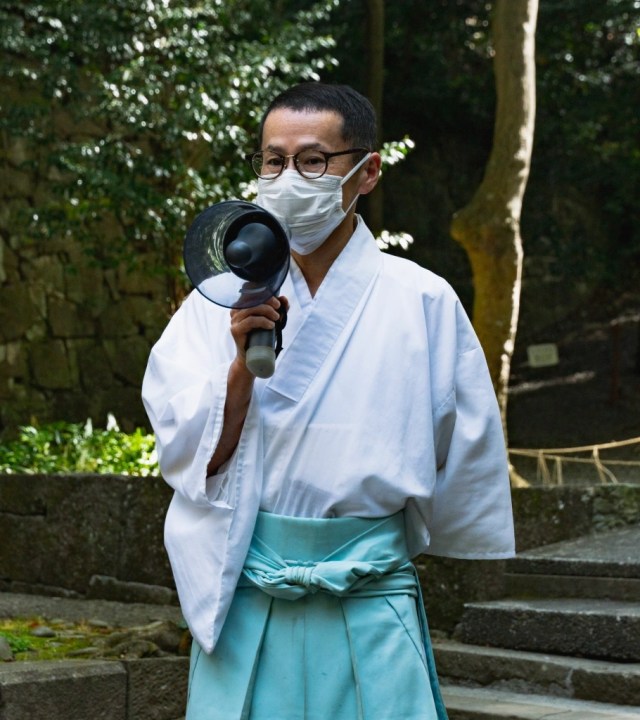
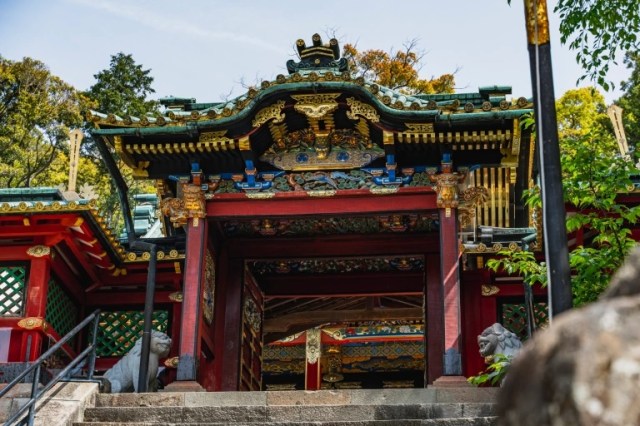
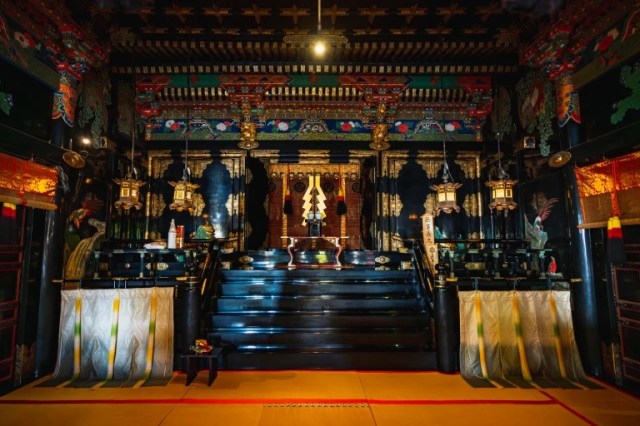
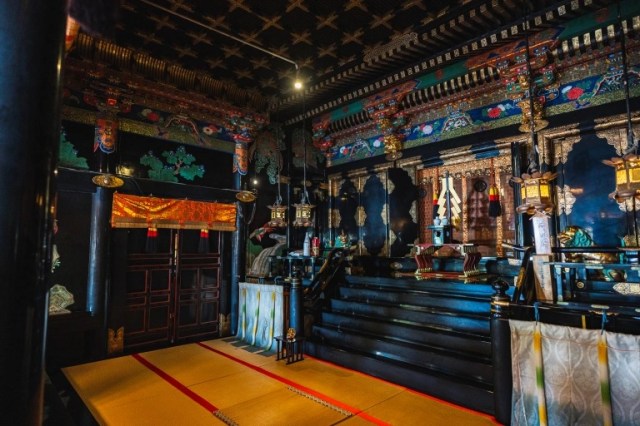
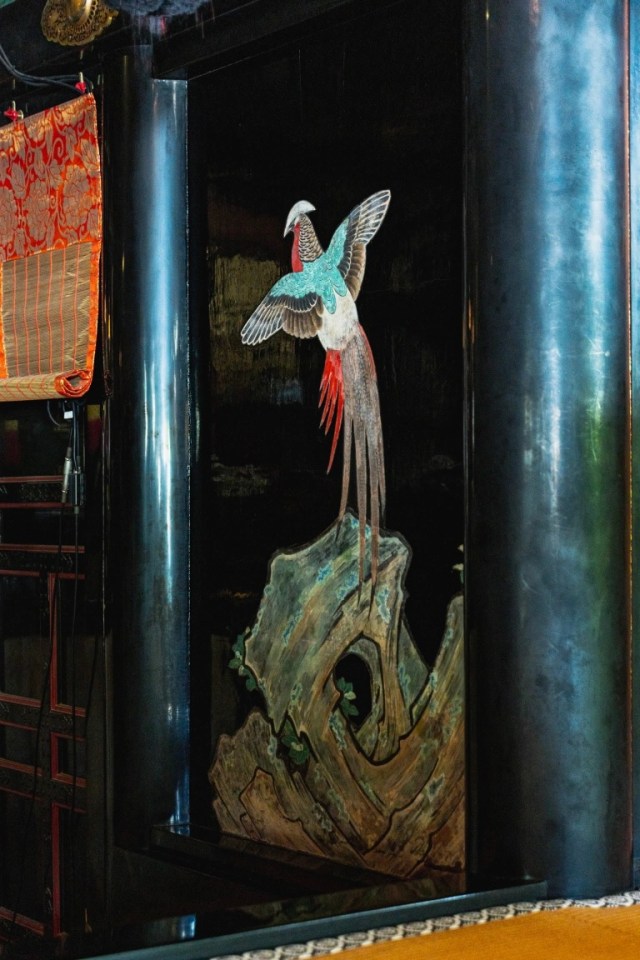
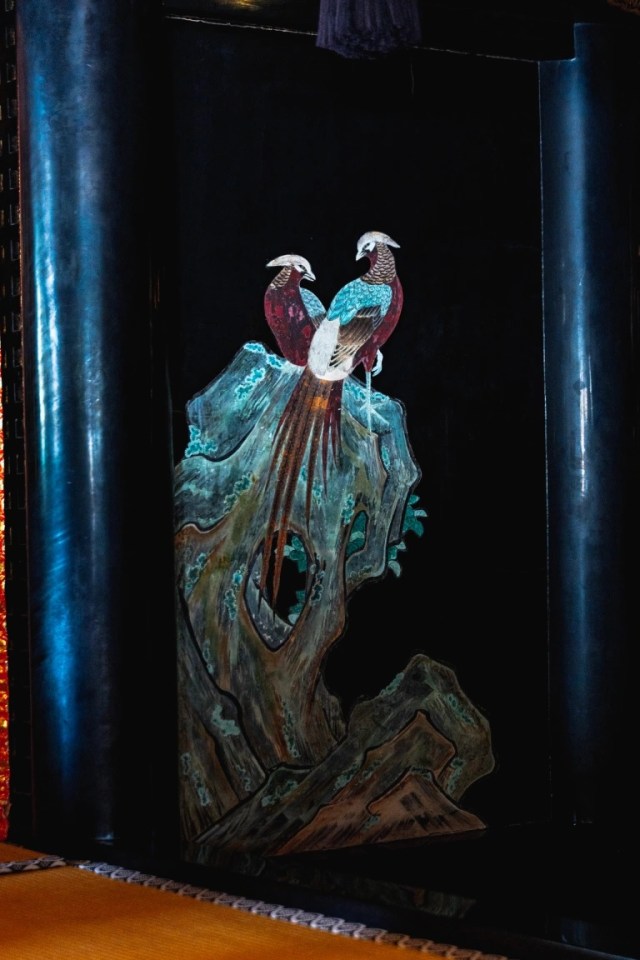
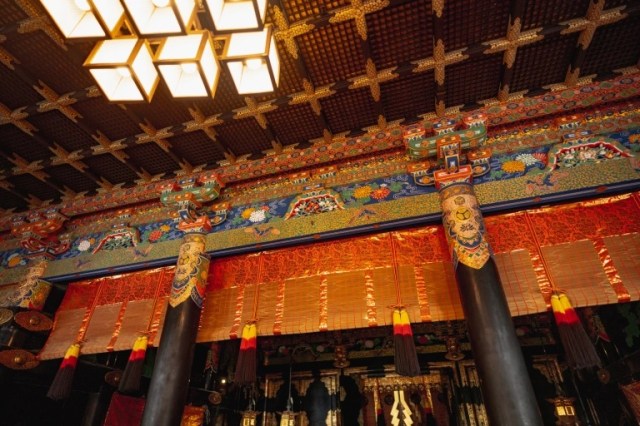
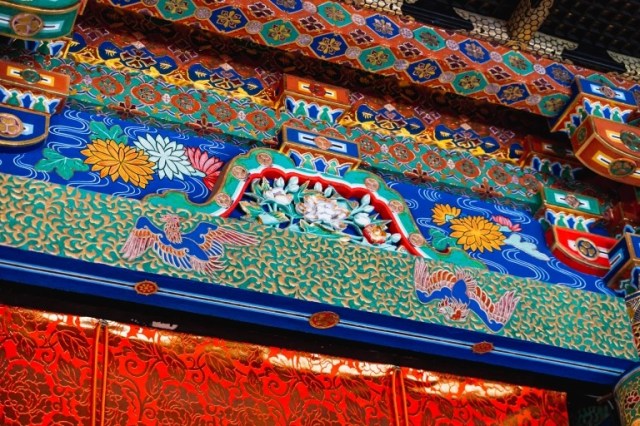
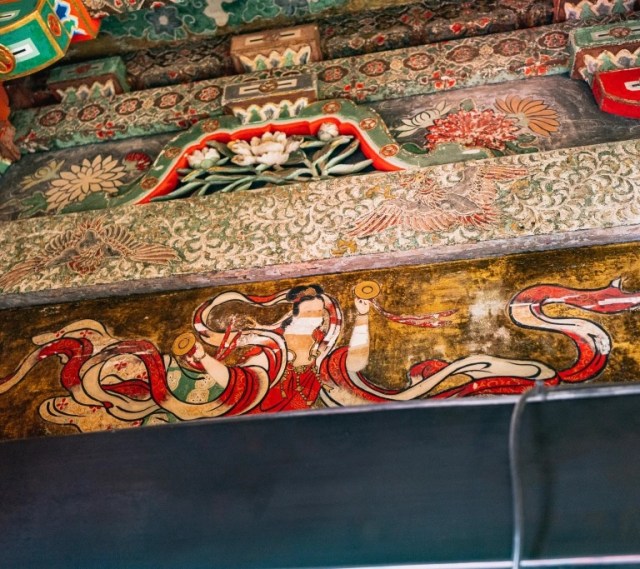
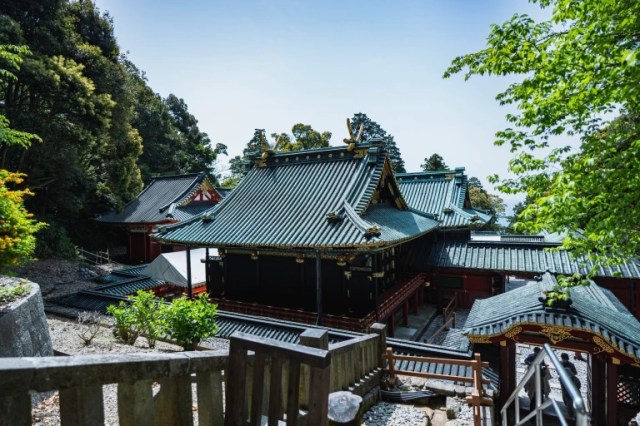
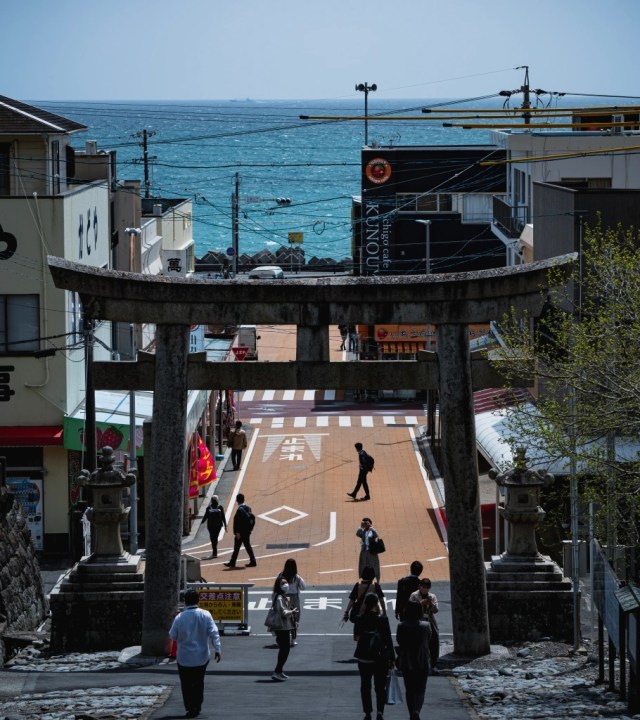
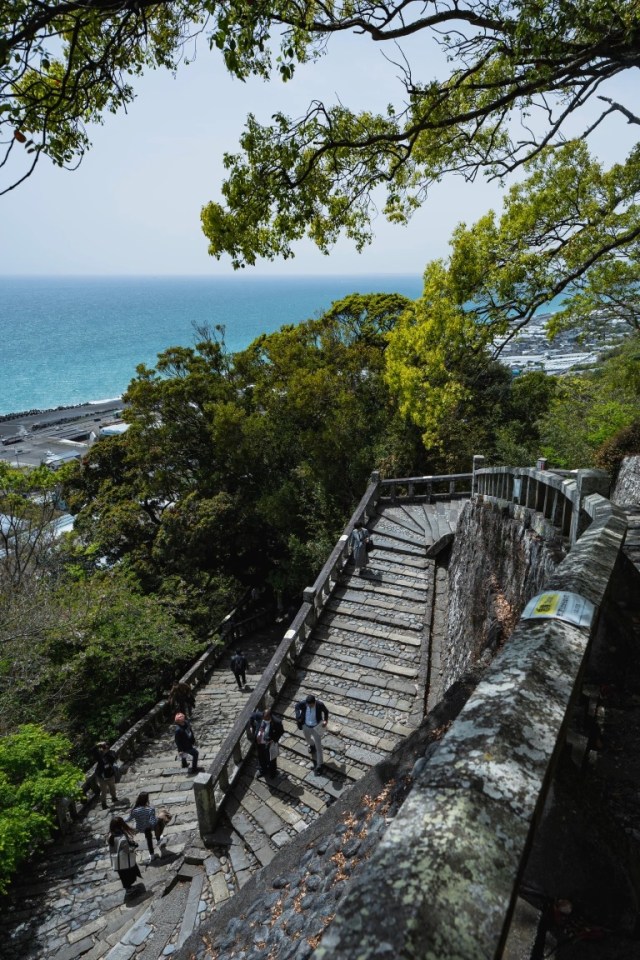
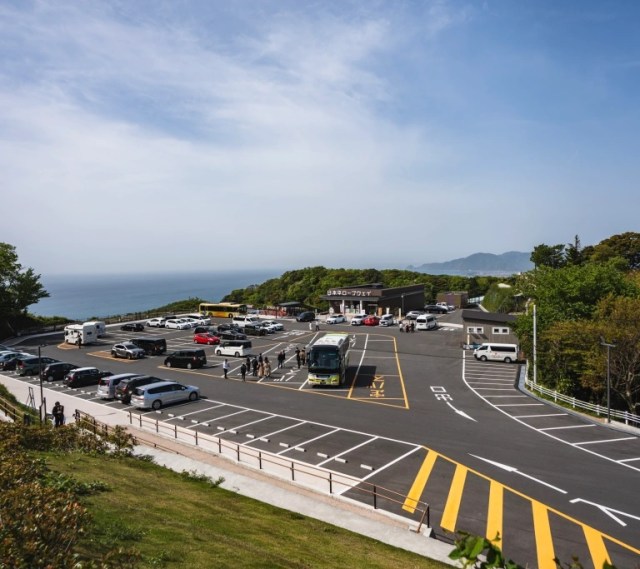
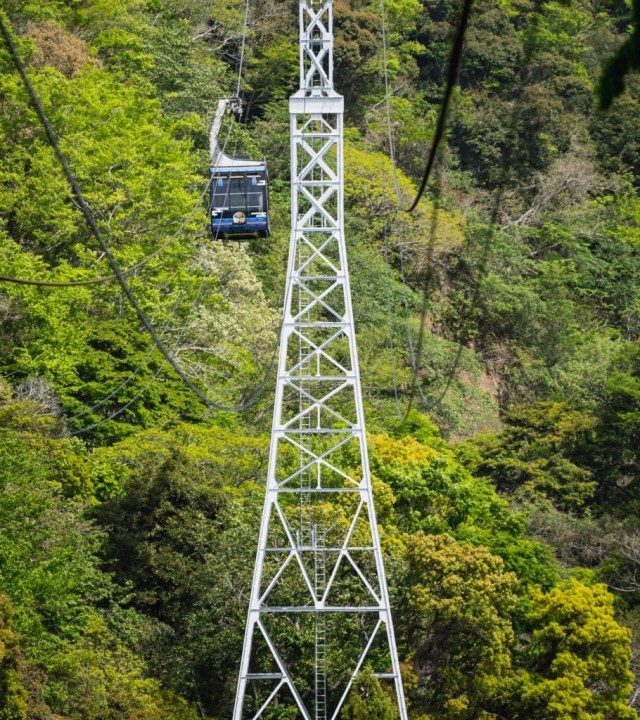
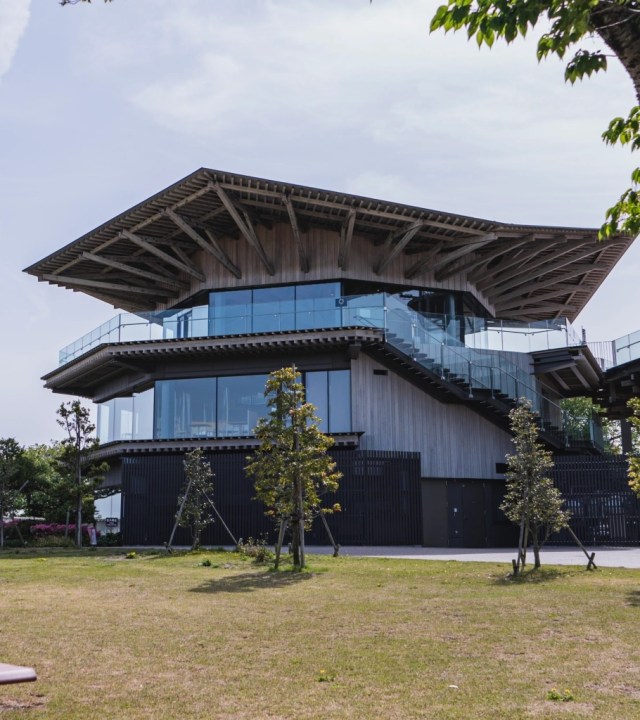
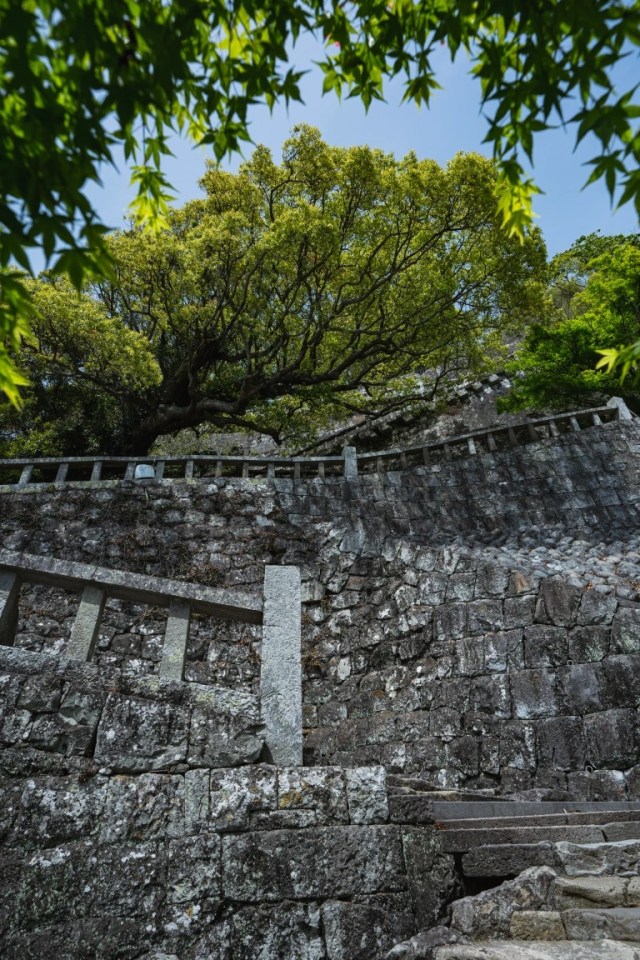
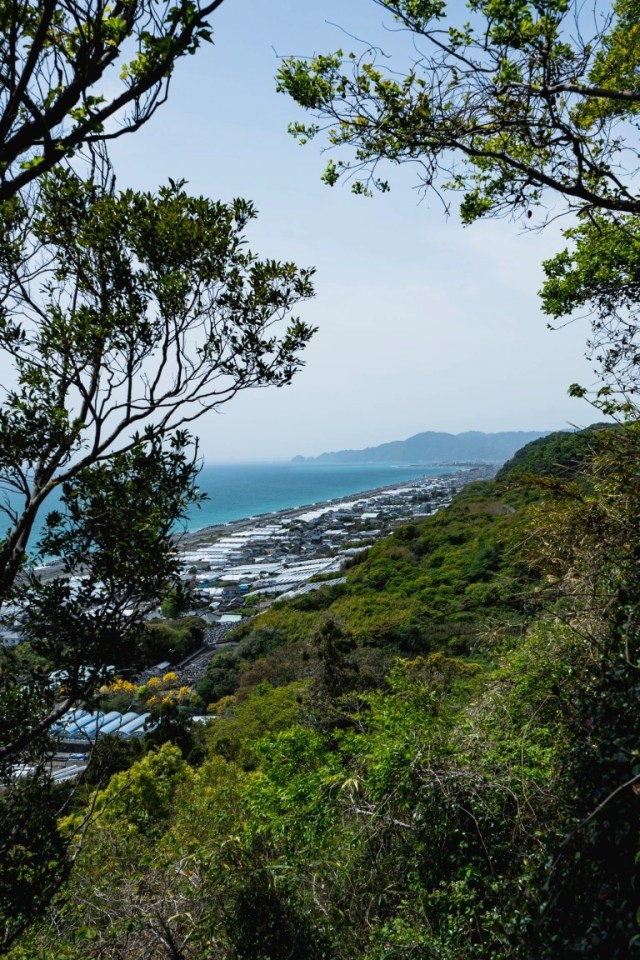
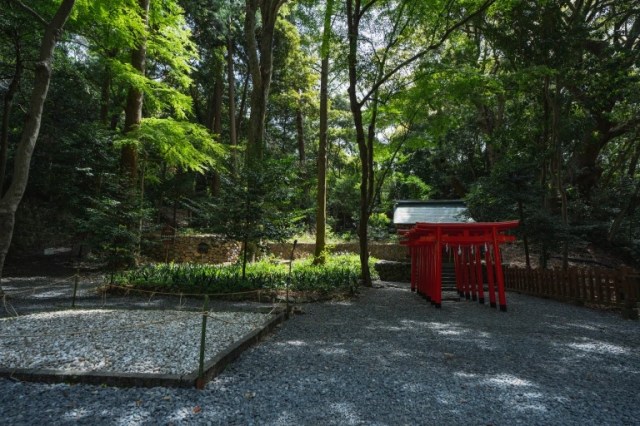
 Shogun sweets? Trees said to be planted by first Tokugawa shogun still bear fruit used for sweets
Shogun sweets? Trees said to be planted by first Tokugawa shogun still bear fruit used for sweets Amazing exhibition of Japan’s legendary “cursed katana” is going on right now【Photos】
Amazing exhibition of Japan’s legendary “cursed katana” is going on right now【Photos】 Dojigiri, the millennium-old katana said to have slain a demon, is now on display in Tokyo【Pics】
Dojigiri, the millennium-old katana said to have slain a demon, is now on display in Tokyo【Pics】 This bath bomb looks and feels like an Edo gold bar, is great for gifts or bathing like a shogun
This bath bomb looks and feels like an Edo gold bar, is great for gifts or bathing like a shogun Impress your Japanese history professor with this T-shirt
Impress your Japanese history professor with this T-shirt Seaside scenery, history, and so many desserts on Yokohama’s Akai Kutsu【Japan Loop Buses】
Seaside scenery, history, and so many desserts on Yokohama’s Akai Kutsu【Japan Loop Buses】 Mikado Coffee is a 76-year-old coffee chain with a major celebrity connection
Mikado Coffee is a 76-year-old coffee chain with a major celebrity connection Do Hi-Chew-flavor Hi-Chews have a reason to exist?【Taste test】
Do Hi-Chew-flavor Hi-Chews have a reason to exist?【Taste test】 Foreigner’s request for help in Tokyo makes us sad for the state of society
Foreigner’s request for help in Tokyo makes us sad for the state of society Japan’s summertime towelket pillowcases are even better with the addition of Ghibli stars【Photos】
Japan’s summertime towelket pillowcases are even better with the addition of Ghibli stars【Photos】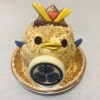 Samurai chick pudding cake is Japan’s newest hard-to-buy, delicious-to-eat treat【Taste test】
Samurai chick pudding cake is Japan’s newest hard-to-buy, delicious-to-eat treat【Taste test】 Akihabara pop-up shop sells goods made by Japanese prison inmates
Akihabara pop-up shop sells goods made by Japanese prison inmates The top 8 fast food chains in Japan
The top 8 fast food chains in Japan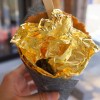 We eat gold-leaf “Kinkaku Soft Ice Cream” near Kinkakuji Golden Pavillion temple in Kyoto
We eat gold-leaf “Kinkaku Soft Ice Cream” near Kinkakuji Golden Pavillion temple in Kyoto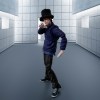 Jamiroquai doll from Japan lets you control your own Virtual Insanity 【Video】
Jamiroquai doll from Japan lets you control your own Virtual Insanity 【Video】 McDonald’s new Happy Meals offer up cute and practical Sanrio lifestyle goods
McDonald’s new Happy Meals offer up cute and practical Sanrio lifestyle goods Japanese ramen restaurants under pressure from new yen banknotes
Japanese ramen restaurants under pressure from new yen banknotes French Fries Bread in Tokyo’s Shibuya becomes a hit on social media
French Fries Bread in Tokyo’s Shibuya becomes a hit on social media Studio Ghibli releases new action figures featuring Nausicaä of the Valley of the Wind characters
Studio Ghibli releases new action figures featuring Nausicaä of the Valley of the Wind characters Red light district sushi restaurant in Tokyo shows us just how wrong we were about it
Red light district sushi restaurant in Tokyo shows us just how wrong we were about it New private rooms on Tokaido Shinkansen change the way we travel from Tokyo to Kyoto
New private rooms on Tokaido Shinkansen change the way we travel from Tokyo to Kyoto Tokyo Tsukiji fish market site to be redeveloped with 50,000-seat stadium, hotel, shopping center
Tokyo Tsukiji fish market site to be redeveloped with 50,000-seat stadium, hotel, shopping center Beautiful Ghibli sealing wax kits let you create accessories and elegant letter decorations【Pics】
Beautiful Ghibli sealing wax kits let you create accessories and elegant letter decorations【Pics】 Japanese city loses residents’ personal data, which was on paper being transported on a windy day
Japanese city loses residents’ personal data, which was on paper being transported on a windy day Studio Ghibli releases Kiki’s Delivery Service chocolate cake pouches in Japan
Studio Ghibli releases Kiki’s Delivery Service chocolate cake pouches in Japan New definition of “Japanese whiskey” goes into effect to prevent fakes from fooling overseas buyers
New definition of “Japanese whiskey” goes into effect to prevent fakes from fooling overseas buyers Our Japanese reporter visits Costco in the U.S., finds super American and very Japanese things
Our Japanese reporter visits Costco in the U.S., finds super American and very Japanese things All-you-can-drink Starbucks and amazing views part of Tokyo’s new 170 meter-high sky lounge
All-you-can-drink Starbucks and amazing views part of Tokyo’s new 170 meter-high sky lounge More foreign tourists than ever before in history visited Japan last month
More foreign tourists than ever before in history visited Japan last month New Pokémon cakes let you eat your way through Pikachu and all the Eevee evolutions
New Pokémon cakes let you eat your way through Pikachu and all the Eevee evolutions Disney princesses get official manga makeovers for Manga Princess Cafe opening in Tokyo
Disney princesses get official manga makeovers for Manga Princess Cafe opening in Tokyo Sales of Japan’s most convenient train ticket/shopping payment cards suspended indefinitely
Sales of Japan’s most convenient train ticket/shopping payment cards suspended indefinitely Sold-out Studio Ghibli desktop humidifiers are back so Totoro can help you through the dry season
Sold-out Studio Ghibli desktop humidifiers are back so Totoro can help you through the dry season Japanese government to make first change to romanization spelling rules since the 1950s
Japanese government to make first change to romanization spelling rules since the 1950s Ghibli founders Toshio Suzuki and Hayao Miyazaki contribute to Japanese whisky Totoro label design
Ghibli founders Toshio Suzuki and Hayao Miyazaki contribute to Japanese whisky Totoro label design Doraemon found buried at sea as scene from 1993 anime becomes real life【Photos】
Doraemon found buried at sea as scene from 1993 anime becomes real life【Photos】 Tokyo’s most famous Starbucks is closed
Tokyo’s most famous Starbucks is closed One Piece characters’ nationalities revealed, but fans have mixed opinions
One Piece characters’ nationalities revealed, but fans have mixed opinions We asked a Uniqlo employee what four things we should buy and their suggestions didn’t disappoint
We asked a Uniqlo employee what four things we should buy and their suggestions didn’t disappoint Princesses, fruits, and blacksmiths: Study reveals the 30 most unusual family names in Japan
Princesses, fruits, and blacksmiths: Study reveals the 30 most unusual family names in Japan Katana coasters! Samurai sword tableware brings bushido to your home
Katana coasters! Samurai sword tableware brings bushido to your home Kobayashi Kiyochika expertly captures light and shadow in these gorgeous ukiyo-e prints 【Art】
Kobayashi Kiyochika expertly captures light and shadow in these gorgeous ukiyo-e prints 【Art】 Through the eyes of a ninja – Thrilling drone video recreates shinobi raid at historical temple
Through the eyes of a ninja – Thrilling drone video recreates shinobi raid at historical temple New capsule toy collection features military commander samurai armour from the Sengoku Period
New capsule toy collection features military commander samurai armour from the Sengoku Period Sakura in Japan 2019: The best spots for hanami cherry blossom viewing
Sakura in Japan 2019: The best spots for hanami cherry blossom viewing The top 20 places to visit in Tokyo, as chosen by travelers
The top 20 places to visit in Tokyo, as chosen by travelers “Get them drunk then chop off their heads.” Samurai’s assassination plot against U.S. envoys found
“Get them drunk then chop off their heads.” Samurai’s assassination plot against U.S. envoys found Emperors, anime icons, and porn stars show up in six-nation survey of most famous Japanese people
Emperors, anime icons, and porn stars show up in six-nation survey of most famous Japanese people Get your battle armor ready for the interactive “hottie” Samurai & Ninja Show coming to Tokyo
Get your battle armor ready for the interactive “hottie” Samurai & Ninja Show coming to Tokyo Scholars confirm first discovery of Japanese sword from master bladesmith Masamune in 150 years
Scholars confirm first discovery of Japanese sword from master bladesmith Masamune in 150 years New app lets you traverse the streets of modern Tokyo and ancient Edo at the same time
New app lets you traverse the streets of modern Tokyo and ancient Edo at the same time Samurai Ninja Museum Tokyo With Experience is true to its name, lets you slice with real katana
Samurai Ninja Museum Tokyo With Experience is true to its name, lets you slice with real katana This hotel has one of the coolest katana collections in Japan, and admission is totally free【Pics】
This hotel has one of the coolest katana collections in Japan, and admission is totally free【Pics】 Katana of four of Japan’s greatest samurai turned into gorgeous scissors
Katana of four of Japan’s greatest samurai turned into gorgeous scissors Need a new job? Japanese tourism organization is looking to hire two samurai
Need a new job? Japanese tourism organization is looking to hire two samurai
Leave a Reply